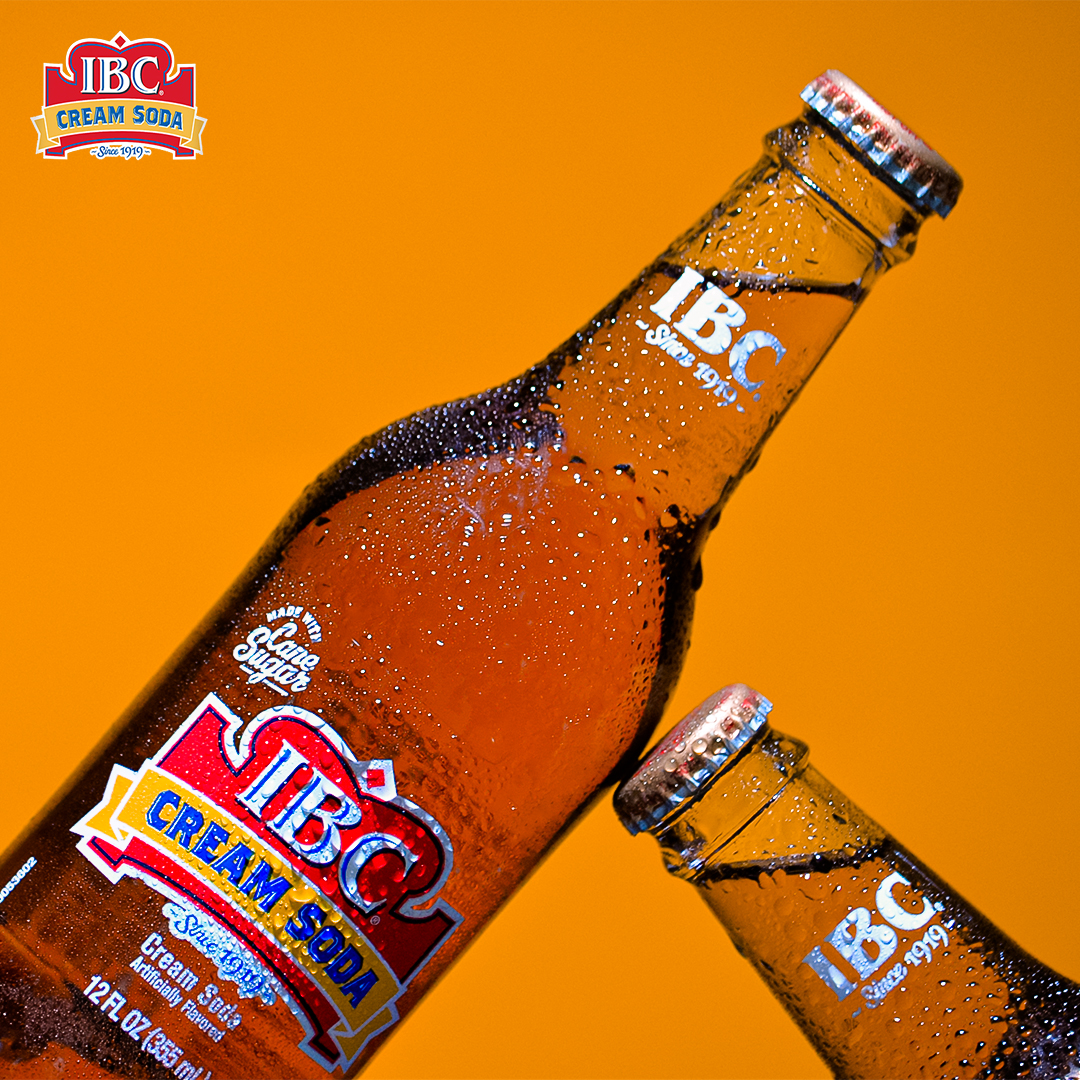As the food and beverage industry continues to evolve with the digital age, brands face the challenge of distinguishing themselves in a crowded e-commerce marketplace. The transition from traditional retail to online platforms demands not only an adaptation of marketing strategies but a complete overhaul to capture the discerning online consumer. This detailed guide explores advanced digital marketing strategies that can propel food and beverage brands to e-commerce success.
Comprehensive Website and SEO Optimization
Optimizing your website for e-commerce goes beyond basic SEO practices. It involves a thorough analysis of user experience (UX) design, site architecture for easy navigation, and implementing schema markup for enhanced visibility in search engine results. Employ advanced SEO techniques such as optimizing for long-tail keywords, which are more specific and less competitive, thereby attracting a more targeted audience. Additionally, create a mobile-first website design, considering the growing trend of mobile shopping.
Sophisticated Social Media Tactics
Effective social media marketing in the food and beverage sector involves more than just regular posts. It requires a strategic approach to storytelling that connects with your audience on an emotional level. Utilize analytics tools to understand your audience’s preferences and behaviors, tailoring your content accordingly. Engage in social listening to monitor conversations about your brand and industry, allowing you to quickly adapt to consumer needs and trends. Implement influencer partnerships not just for their reach but for their ability to authentically integrate your products into their lifestyle, providing genuine endorsements.
Content Marketing That Educates and Engages
Elevate your content marketing strategy by focusing on content that educates, engages, and entertains your audience. Develop comprehensive guides, how-to videos, and infographics that explain the benefits and uses of your products. Create interactive content such as quizzes or polls to engage users and encourage participation. Leverage storytelling by sharing the journey of your products from farm to table, emphasizing sustainability practices and the quality of ingredients to build trust and loyalty.
Email Marketing Segmentation and Personalization
Advance your email marketing efforts through segmentation and personalization. Utilize data analytics to segment your audience based on their purchase history, preferences, and engagement levels. Craft personalized email campaigns that speak directly to each segment, offering recommendations, exclusive discounts, and content tailored to their interests. Implement automation tools to send trigger-based emails for abandoned carts, birthdays, and other personalized milestones.
Paid Advertising With a Focus on ROI
Maximize the return on investment (ROI) from your paid advertising campaigns by employing a data-driven approach. Conduct A/B testing on your ads and landing pages to identify the most effective elements. Use retargeting strategies to re-engage visitors who have shown interest in your products but haven’t made a purchase. Explore emerging advertising platforms and technologies, such as programmatic advertising, to automate the buying of ads and target audiences more efficiently.
Continuous Analysis and Optimization
The digital landscape is constantly changing, and so are consumer behaviors. Implement a continuous cycle of analysis, learning, and optimization for your marketing strategies. Regularly review analytics to gauge the success of your campaigns, identify areas for improvement, and stay ahead of industry trends. Be flexible and ready to pivot your strategies based on real-time data and insights.
Conclusion
The shift to e-commerce requires food and beverage brands to adopt a multifaceted approach to digital marketing. By embracing advanced strategies across website optimization, social media, content marketing, email marketing, and paid advertising, brands can enhance their online presence, engage with consumers more effectively, and drive e-commerce growth. The key to success lies in continuous learning, adapting, and innovating to meet the ever-changing demands of the digital consumer.





